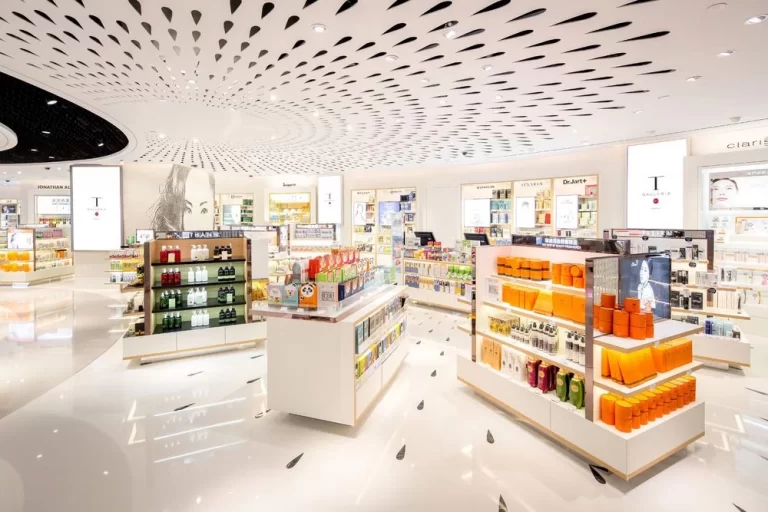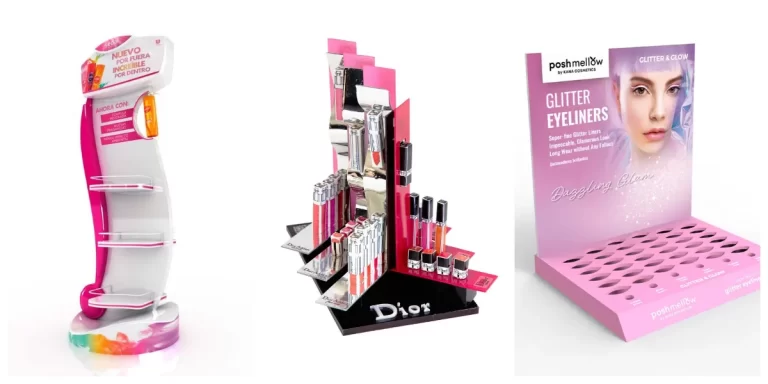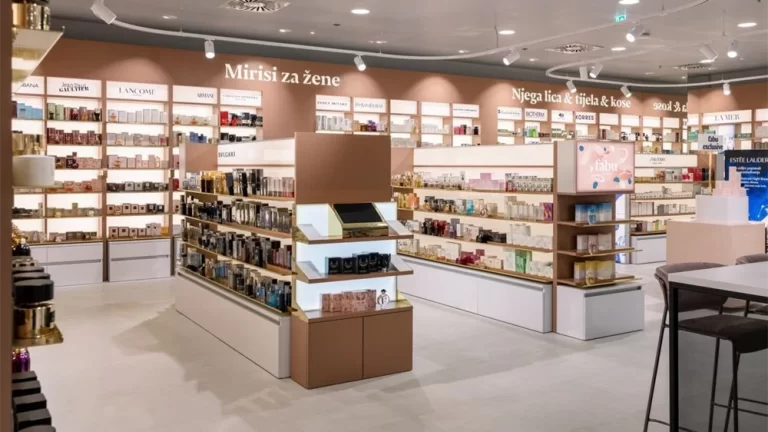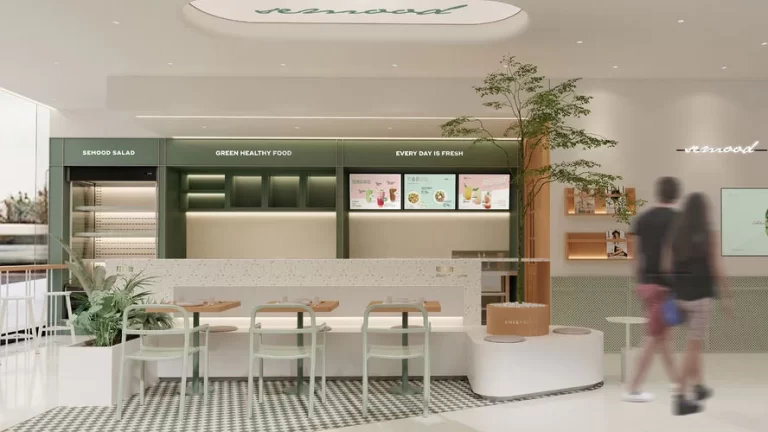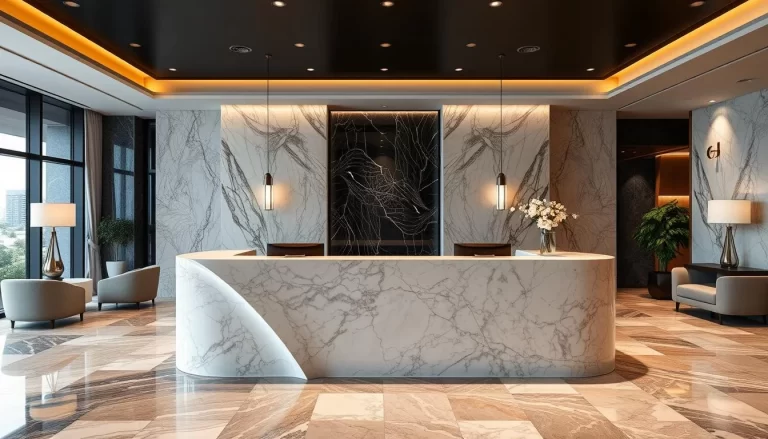The Latest Trends in Eyewear Display: Creating Memorable Retail Experiences
The eyewear industry is undergoing a seismic shift, with displays evolving from static racks to immersive brand storytelling tools. As US consumers demand personalized shopping experiences and eco-conscious choices, retailers must rethink how they showcase glasses. This guide explores 2025’s most impactful trends in eyewear displays, offering actionable strategies for brands to captivate customers and dominate search engine rankings.

Key Trends Shaping Eyewear Displays
1. Material Innovation: Sustainability Meets Style
Eco-friendly materials now dominate custom eyewear display design:
- Recycled Aluminum: 63% lighter than steel, ideal for modular systems
- Bamboo Composites: Biodegradable alternative to MDF boards
- Plant-Based Polymers: Castor oil-derived plastics for zero-waste collections
Pro Tip: Brands like EcoFrames reduced carbon footprint by 40% using displays made from ocean plastics.
2. Smart Technology Integration
AI and AR are revolutionizing how customers interact with displays:
- Virtual Try-On Kiosks: Face-scanning tech suggests frames matching face shape (adopted by 32% of US optical chains)
- Gesture-Controlled Displays: Wave to rotate products or view specs
- Dynamic Pricing Tags: NFC-enabled digital labels update promotions in real-time
3. Modular Customization
Flexible layouts adapt to seasonal collections and limited retail spaces.
| Feature | Traditional Displays | 2025 Custom Solutions |
|---|---|---|
| Assembly Time | 8-12 hours | 45-minute magnetic snap-in |
| Space Efficiency | Fixed layouts (10-15 sq.ft) | Stackable units (5-8 sq.ft) |
| Lighting | Static LEDs | Motion-activated ambient glow |
| Brand Engagement | Generic branding | Interactive story panels |
Data: 2025 Vision Expo East Retail Report
5 Must-Know Custom Eyewear Display Strategies
1. Create Experience Zones
Top US retailers like Warby Parker now use themed displays:
- Travel Hub: Suitcase-shaped units with adventure-ready sunglasses
- Tech Lounge: AR stations demonstrating blue-light filtering lenses
- Heritage Walls: QR codes linking to brand history videos
2. Leverage Vertical Space
With 68% of urban stores under 1,000 sq.ft, vertical displays maximize visibility:
- Rotating Tower Displays: Show 50+ frames in 3 sq.ft
- Ceiling-Hung Pods: Ideal for luxury boutiques
- Staircase Shelving: Turns foot traffic areas into showcases
3. Implement Sustainable Engineering
Eco-conscious displays boost SEO and customer trust:
- Solar-Powered Lighting: Integrated into display cases (cuts energy use by 75%)
- Closed-Loop Systems: Trade-in programs for old displays
- Upcycled Materials: Reclaimed wood bases with carbon-neutral coatings
SEO Optimization Tactics
5 Essential Keywords:
- Custom Eyewear Display Solutions
- Modular Eyewear Retail Systems
- AR Eyewear Display Technology
- Sustainable Eyewear Showcases
- Smart Retail Display Innovations
Pro Tips for Higher Rankings:
- Content Clusters: Create pillar pages like “Complete Guide to Eyewear Display Design” linking to product pages
- Local SEO: Target phrases like “custom displays in Los Angeles” with geo-tagged content
- Video Schema: Embed virtual tour videos with optimized descriptions
Frequently Asked Questions
Q: Why invest in custom displays vs standard units?
A: Custom solutions increase sales conversion by 29% through better brand alignment. They also allow real-time adaptation to new collections.
Q: How durable are 3D-printed display components?
A: Modern nylon polymers withstand 200+ lbs of pressure while allowing intricate designs.
Q: Do smart displays require IT expertise?
A: Plug-and-play systems like Samsung’s AR Mirror Kit enable easy setup—82% of users report no tech hurdles.
Conclusion: Designing the Future of Eyewear Retail
The 2025 eyewear display landscape thrives on three pillars: sustainability, interactivity, and flexibility. Brands adopting modular custom displays with solar-powered lighting and AR try-ons are seeing 37% higher foot traffic. As Ray-Ban’s Creative Director AAP Rocky notes: “Your display isn’t just holding glasses—it’s your brand’s handshake with the customer.”
By combining eco-conscious materials with AI-driven engagement tools, retailers can create spaces that convert browsers into loyal buyers while boosting SEO through shareable tech innovations. The future belongs to displays that tell stories, adapt instantly, and leave zero environmental trace.

